![The Mohican Board! [Bumppo's Redux!] The Mohican Board! [Bumppo's Redux!]](images/wwwboard.gif) |
|
| Author |
 Topic Topic  |
|
|
James N.
Colonial Militia
   

USA

Bumppo's Patron since [at least]:
October 24 2007
Status: offline
|
 Posted - October 31 2012 : 8:23:56 PM Posted - October 31 2012 : 8:23:56 PM



|
Image Insert:
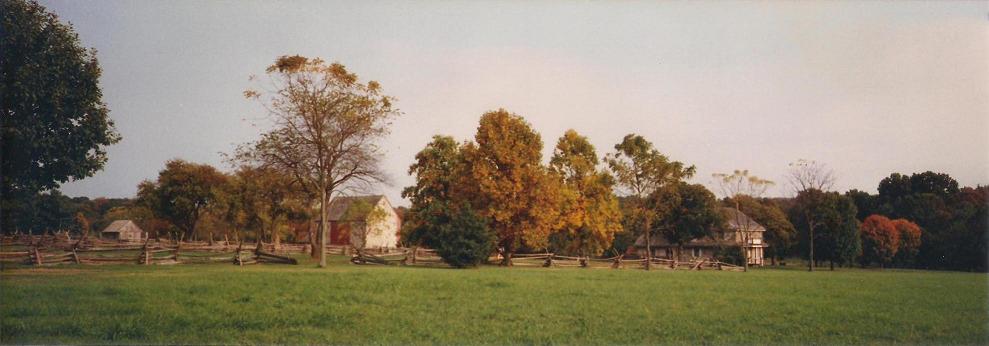
50.59 KB
Panoramic view of the farmstead of Peter Wentz.
The Peter Wentz House at Worcester in Montgomery Co., Pa., is famous among historians and chroniclers of historic American house styles as a prime example of Pennsylvania German archetecture and decorative treatment. But during the 1777 Philadelphia Campaign it also served as the headquarters of General George Washington both before and after the Battle of Germantown and it was to this area north of the city that the army returned following the battle. When I visited fifteen years ago Montgomery Co. was rapidly suffering the effects of "development" with strip malls and housing additions defacing the once-placid Pennsylvania countryside. Fortunately on this large preserved farmstead it was still possible to "step back in time" and imagine the army camped about the property.
Image Insert:
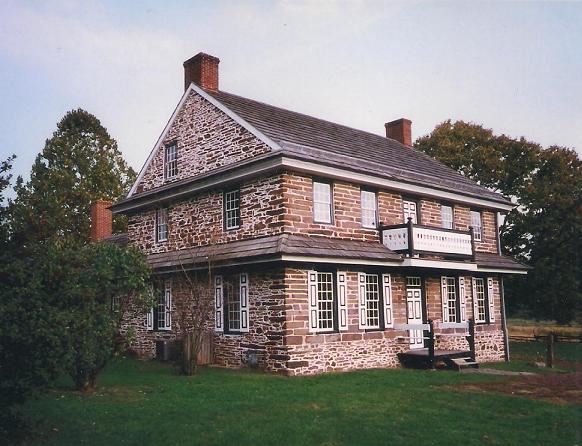
57.57 KB
The fieldstone house, erected in 1758 by Peter Wentz, features such typical German features as the roof overhang above the windows on both floors, thick lines of mortar between the stones, as well as the paneled doors and shutters painted in contrasting black-and-white. During restoration colorful interior paint schemes and decorative touches like polka-dotted wainscoting were discovered and duplicated. The house has been featured in several publications dealing with "country" living.
Image Insert:
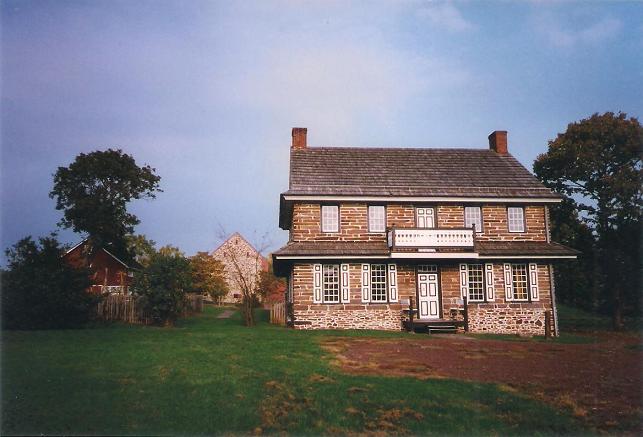
45.85 KB
Visible behind the house are the outbuildings and substantial stone barn, also typical for a prosperous farm of the period in this area; below, a better view of them.
Image Insert:
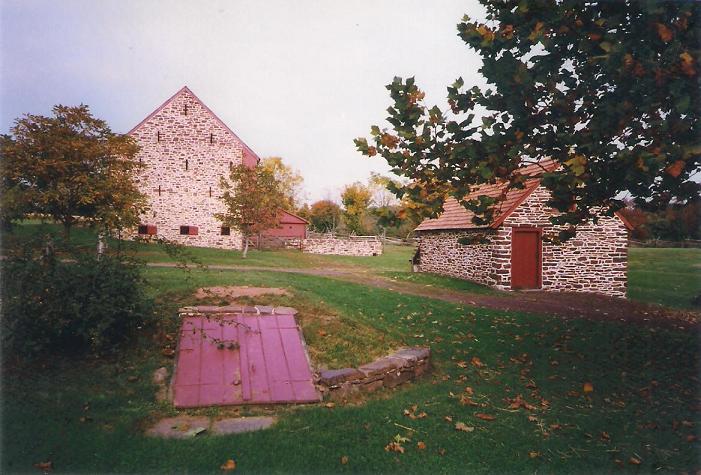
70.86 KB
Washington did remain long in this location - possibly it was a little too near the British in the city for security. Not wanting to leave the area as long as Forts Mifflin and Mercer continued to hold out, he removed the army and himself a short distance to a more secure position on higher ground at nearby Whitemarsh. In 1997, the ninety-three-acre farmstead was still surrounded by bucolic scenes like that below of a neighboring farm, seen from the Wentz House.
Image Insert:
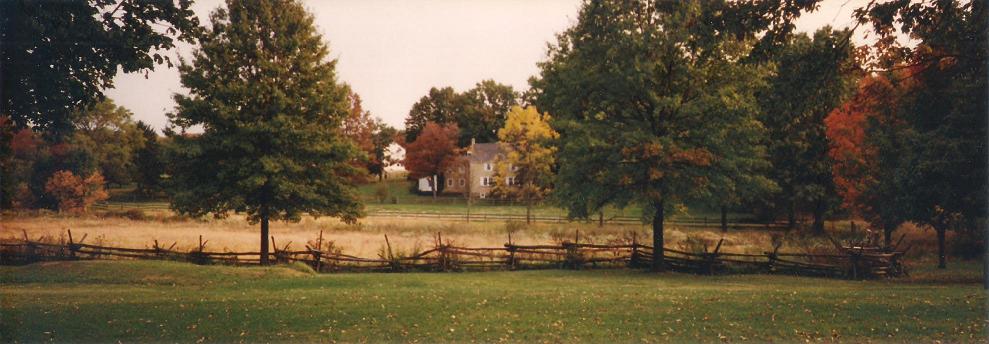
68.07 KB
|
|
report to moderator
|
|
|
James N.
Colonial Militia
   

USA

Bumppo's Patron since [at least]:
October 24 2007
Status: offline
|
 Posted - October 31 2012 : 9:38:07 PM Posted - October 31 2012 : 9:38:07 PM




|
Washington's new position at Whitemarsh was still relatively near the British at Philadelphia and Germantown, thus enabling any foraging parties sent out by the them to be harassed. The troops built a line of earthworks connecting three hills that became known as Camp Hill, Fort Hill, and Militia Hill. Once the two forts guarding the Delaware River approaches had been eliminated, Howe next turned his attention to Whitemarsh hoping to score a decisive victory before winter brought an end to the campaign season.
Image Insert:
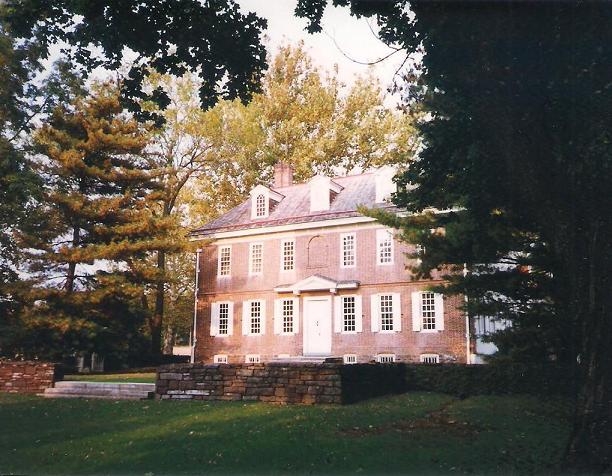
72.98KB
The ca. 1750 Hope Lodge served variously as quarters for John Cochran, Surgeon General of the Continental Army, General Nathanael Greene, and according to some sources the Commander-in-Chief as well.
Washington had chosen his ground well and actually hoped Howe would venture out of his lines at Germantown and attack him at Whitemarsh. In early December, Howe made an effort that resulted in a little skirmishing, but when he saw the strength of the position here he returned to Philadelphia on Dec. 7, 1777 to settle into winter quarters. With the campaign season virtually over and winter rapidly approaching, Washington made the fateful decision to withdraw to the west a little farther from the enemy to a place said to have good water and abundent woods for building winter huts: Valley Forge.
Image Insert:

84.1KB
Earthwork line on Fort Hill in today's Washington Park.
Image Insert:
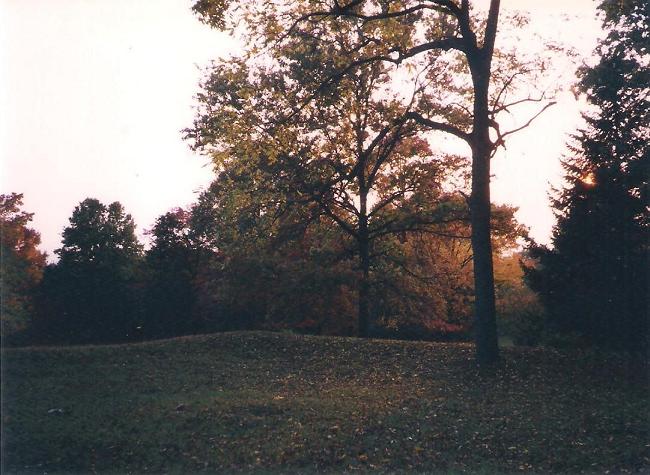
66.77KB
Another view of Fort Hill's earthen lines seen in the fast-fading Autumn sunlight.
Image Insert:
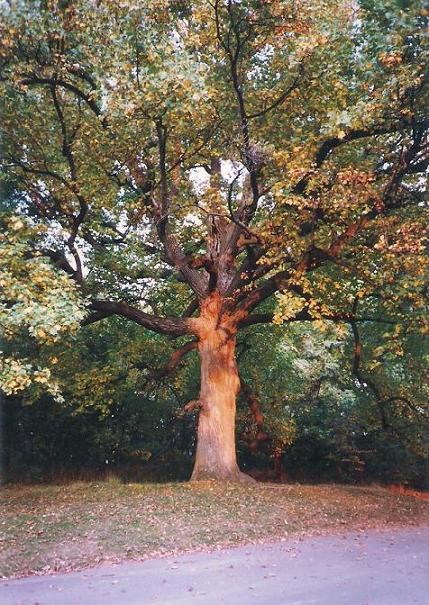
86.96KB
Fort Hill was also home to another ancient veteran of the Revolution: this huge yellow poplar was said to be 374 years old at the time of my visit; if it still survives, it now approaches 390!
|
report to moderator  |
|
| |
 Topic Topic  |
|
|
|
| The Mohican Board! [Bumppo's Redux!] |
© 1997-2025 - Mohican Press |
 |
|
| Current Mohicanland page raised in 0.11 seconds |
 |
|

![The Mohican Board! [Bumppo's Redux!] The Mohican Board! [Bumppo's Redux!]](images/wwwboard.gif)


